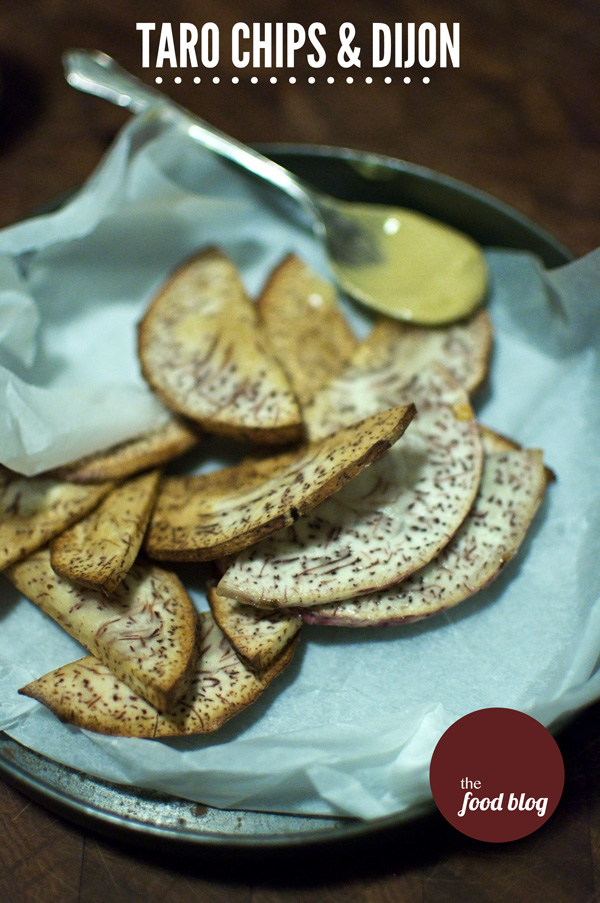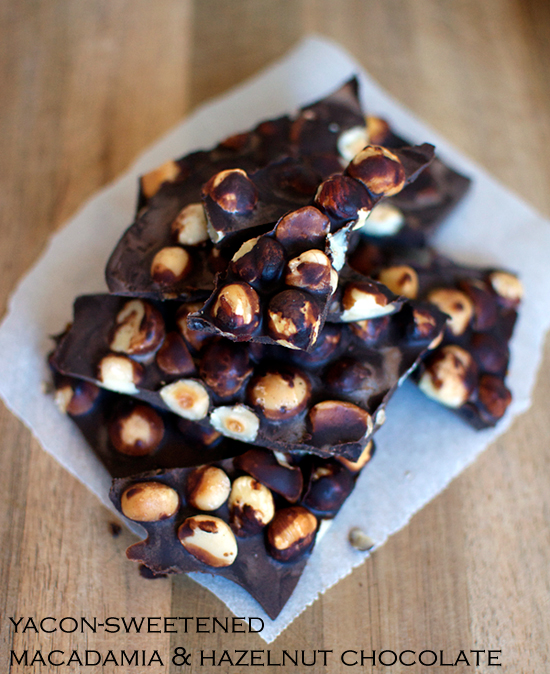
Burghul Pilaf with beef and almonds
Rice is living the high life while burghul has committed suicide. This is an old Lebanese saying, and to understand it, one needs to go back to the original diet of a Lebanese village dweller. For a long time, that diet was focused around wheat, and the Lebanese household consumed as much as 90% of its daily calories from wheat, be it in the form of bread or burghul. Once a year, a travelling salesperson would arrive at the Lebanese village with his donkeys laden with bags and bags of wheat. He would go to the rooftops and call out to the villagers, informing them that wheat has arrived. Depending on how well-off each villager was, either a full year or half a year’s provision was purchased. At that point in time, wheat would be at its cheapest, so it made sense to stock up for the whole year if one could afford it. Once purchased, each housewife got busy preparing burghul. First, the wheat would be boiled until the outer layer showed some cracks, but care is taken not to overcook the wheat as, at the end of the process, the burghul needs only be half cooked to accommodate for further cooking. The day the wheat is boiled is highly anticipated as some of the wheat is taken aside, sprinkled with sugar and rose water and covered with walnuts, pine nuts and almonds, and then handed to the children, neighbours and helpful hands who may have assisted during the process – a day of celebration, as these lavish ingredients are hardly consumed in the Lebanese village. After the wheat is cooked, it would be taken to be sun-dried on the roof tops, and then sent to the mill to be cracked, and to have its bran removed. The milling process creates burghul of three varying grain sizes: coarse burghul for pilafs, fine burghul for kibbeh and tabbouli, and powdered burghul for bsisa (an almost extinct dessert made by mixing the powdered burghul with grape molasses and butter).
This process gave the Lebanese villagers their daily food. Meat, vegetables and dairy products (all expensive and highly seasonal) were there to support the main act, burghul or bread. But, on big occasions, be it feasts of saints or weddings, the Lebanese would turn to rice, an imported food product that was highly prized, dear and exotic. During those costly feasts, burghul would be forgotten, and rice shone as the star of the show. And as rice became more and more affordable, burghul’s consumption decreased drastically. This is a parallel to the industrialisation of meat, and how offal, once a staple in day to day food, fell out of favour. And so my friends, this is why rice is living the high life, and why burghul has committed suicide. My friend once used this saying to describe the situation when his girlfriend left him for a richer man. Such apt usage!
Despite all this, burghul still holds a dear place in my diet. I crave it, and have recently started to use it more and more. I love its texture, grainy and slightly nutty, and its earthy scent takes me back to my childhood. When I have just a few ingredients in the cupboard, a burghul dish is so easy to make, and a rustic plate of burghul pilaf with beef and almonds topped with some yoghurt is one of those comfort foods we all need from time to time.
Burghul Pilaf with Beef and Almonds
Ingredients
- For the Burghul Pilaf
- 2 cups burghul
- 2 crushed cloves garlic
- 1 large onion, finely chopped
- 1 heaped tsp salt
- ¼ cup olive oil
- For the Beef and Almonds
- 0.5 Kilos beef mince
- 1 large onion, finely chopped
- 1 cup slivered almonds (fried or roasted)
- salt to taste
- 1.5 tbsp fine black pepper
- ¼ cup olive oil
- Yoghurt to serve
Prepare the burghul by first frying the garlic and onions in a lidded pot, using the olive oil, until translucent. Add the burghul and salt and fry for a minute, covering all the grains with the olive oil. Add 4 cups of water, bring to the boil, cover and simmer until all the water has been absorbed.I use a rice cooker to do that. In the meantime, fry the second onion (adding the salt) in a separate frying pan using the rest of the olive oil. Once translucent , add the beef (in batches if the frying pan is too small) and fry until cooked through. Use your spatula to break down the mince to make sure the beef does not clump together. Add the pepper, cook for another minute. Add in the almonds and toss well. Serve the burghul in a bowl, topped with the beef mince and some nice Greek-style yoghurt.


9 comments
Thank you for sharing all that great information on burghul. Now you have me even more curious to experiment (which is a good thing!). Love the recipe too Fouad!
Thanks for the interesting read, Fouad. Being South East Asian rice is featured heavily be it consumed whole or crushed down to a flour to be used for mixing and steaming because this is what grows best in the region. Wheat, by comparison, was expensive because it needed to be transported from elsewhere.
Great post and delicious burghul dish!
Whenever I see the title to your post, I smile! Another great read ! filled with nostalgia, your Lebanese-ness is creeping back leaps and bounds I can see that! your little baby is going to be eating plenty of burghul I am sure!
That pilaff sounds great, of course I am already converted, but I have never tried this version; yum!
It is an interesting way to eat Burghul. Mom makes this version with meat that I adore, only she cooks the meat with it along with chickpeas. It is one of my favorite dishes ever with salad or yogurt on the side.
Your post sounds so Maroun Abboud-esque”, it is nice to see a modern version of the Lebanese village story telling.
Oh, man, I haven’t had burghul pilaf in forever! I’ve been in a kibbeh-and-tabbouleh rut, and I wonder why because it’s truly delicious. My favourite recipe is almost exactly like biram ruz, but with burghul instead of ruz. Miam.
Hello All 🙂
Does anyone know where I can buy ‘Burghul’ within the Marrickville NSW Sydney region…?
Thank you
Nessie
Yep. There’s a little Lebanese store across the road from Dulwich Hill train station, 20 meters up from the Turkish kebab place. Check there.
Many thanks Fouad… I will give it a shot 🙂
Cheers
Nessie